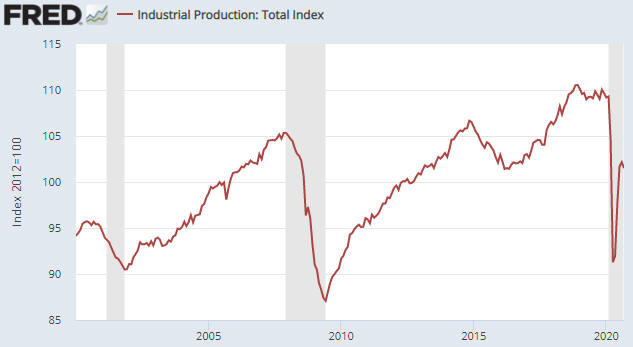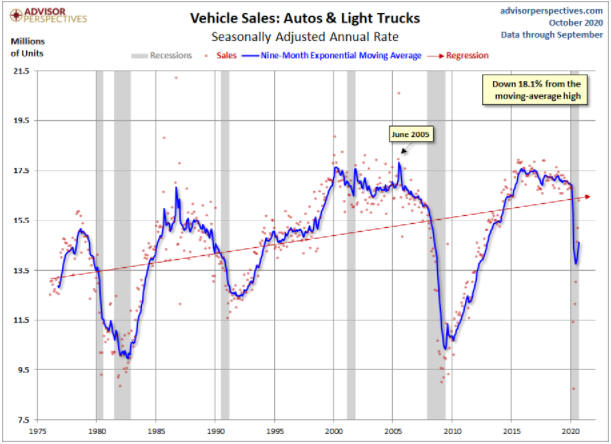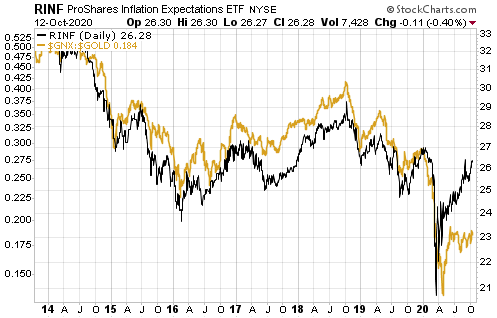[Below is an excerpt from a TSI commentary published about two weeks ago. This discussion is being reproduced at the blog because it updates an opinion that was outlined at the blog way back in 2015-2016.]
Goldmoney (XAU.TO) originally was called BitGold and first began trading on the stock market in 2015. We wrote about the company four times at the TSI Blog during 2015-2016 (HERE, HERE, HERE, and HERE). The general theme of these writeups was: The company has a great product, but the stock is wildly overpriced.
Here’s how we summed up the Goldmoney business in the last of the above-linked blog posts:
“From the perspective of a Goldmoney user, the business is great. Customers can store gold, use gold as a medium of exchange and even take delivery of physical gold in manageable quantities, all at a low (or no) cost. From the perspective of a Goldmoney shareholder, however, the business is not so great. Of particular significance, unlike a mutual fund that charges a fee based on AUM (Assets Under Management), Goldmoney charges nothing to store its customers’ assets (gold bullion). This means that the larger the amount of Goldmoney’s AUM, the greater the net cost to the owners of the business (Goldmoney’s shareholders).
It’s important that under the current fee structure, Goldmoney will generally lose money on customers who use the service primarily for store-of-value purposes. This is where PayPal has a big advantage over Goldmoney. Nobody views their PayPal account as a long-term store of value. Instead, they view it as short-term parking for money to be spent, and when the money is spent PayPal usually gets a commission. This results in PayPal being very profitable, with earnings of US$1.2B (US$1.00/share) in 2015. Many of Goldmoney’s customers, however, view the service as a convenient way to store their physical gold. They don’t want to spend their gold, they want to save it.
Based on what I’ve seen to date I continue to believe that Goldmoney offers a great product, but is operating an inherently low-margin business deserving of a low valuation. Use the service, but don’t buy the stock.”
Since 2016 the company has grown a lot, mainly by acquiring similar or related businesses. Most importantly, it has modified its business model and now generates revenue/earnings from precious metals storage and lending. The fee structure is outlined HERE.
Over the same period the share price has trended down from highs of C$8.00 in 2015 and 2017 to a current level of C$2.18. Incredibly, the fundamental value of an XAU share is higher today with the stock trading near C$2 than it was in 2015-2017 when speculative fervour briefly caused the shares to trade as high as C$8.
Goldmoney Inc. now owns/operates two precious metals businesses called Goldmoney.com and Schiff Gold. Revenue for these businesses is earned as a weight of precious metal each time a client buys, sells, exchanges, takes delivery or stores precious metals through one of these businesses. Also, Goldmoney owns 37% of a jewellery manufacturer called Mene Inc. (MENE.V) and earns interest (in precious metals form) through the lending of precious metals to Mene. Lastly, Goldmoney owns/operates a company called Lend & Borrow Trust (LBT) that generates income by making fiat currency loans that are fully secured by precious metals.
The bulk of XAU’s earnings is in the form of precious metals that accumulate on the balance sheet. Furthermore, balance sheet assets not allocated to current working capital, investments and intangible assets are used to purchase and hold physical precious metals, the idea being that XAU’s holdings of gold, silver, platinum and palladium ounces will grow steadily over time.
With a Goldmoney account it is easy to buy and sell physical precious metals (PMs) at very competitive bid-ask spreads, with the PMs stored in secure vaults on an allocated basis (each client has ownership of specific pieces of metal). Also, it is possible to take delivery of your metal. Therefore, it could make sense to build up direct ownership of PMs via a Goldmoney.com account.
Alternatively, as long as the shares are purchased when they are trading near book value (BV), owning XAU shares is a reasonable way to build up indirect ownership of PMs. Owning the shares has the added advantage that if the company is well-managed then the amount of physical metal per share will increase over time.
The current BV is C$2.28/share including goodwill and C$1.79/share excluding goodwill. We think the latter number is the more relevant and therefore that the shares would be very attractive for long-term investment purposes at around C$1.80. However, the current premium to the C$1.79/share BV is not excessive, so if you are interested in XAU then it could make sense to take an initial position near the current market price of C$2.18.
 Print This Post
Print This Post



